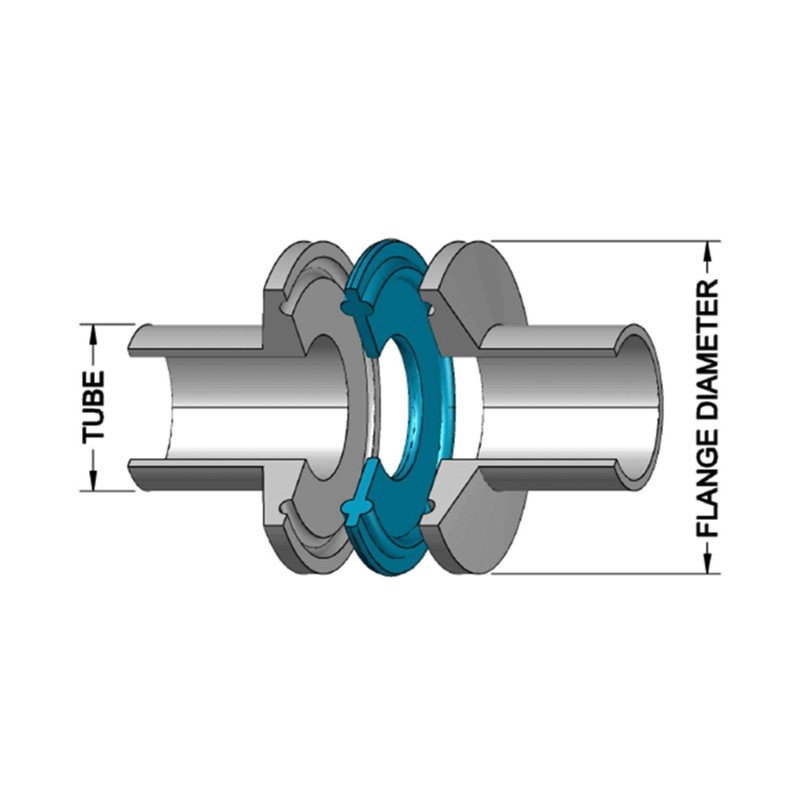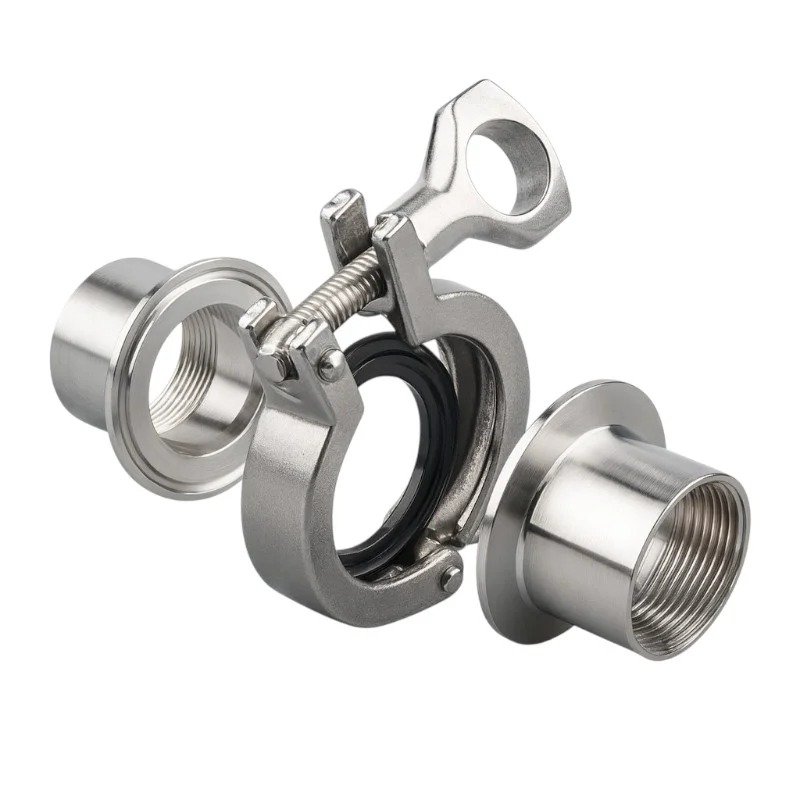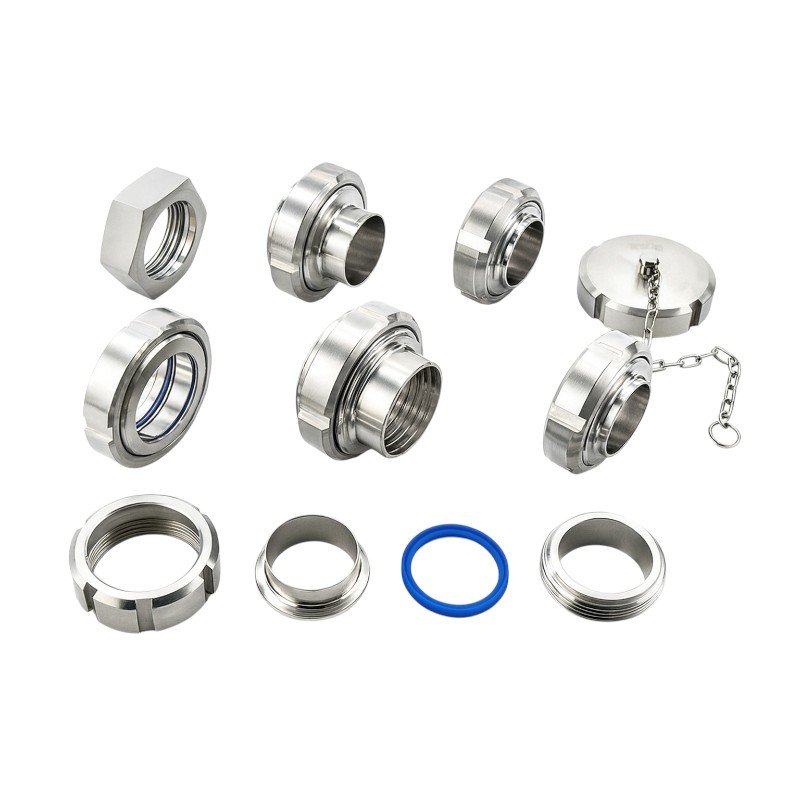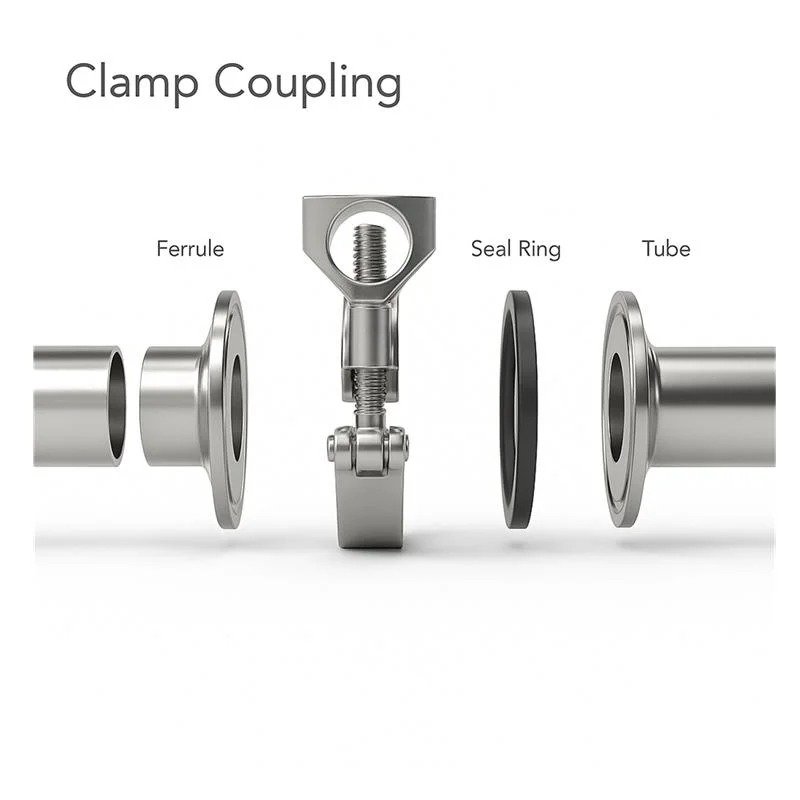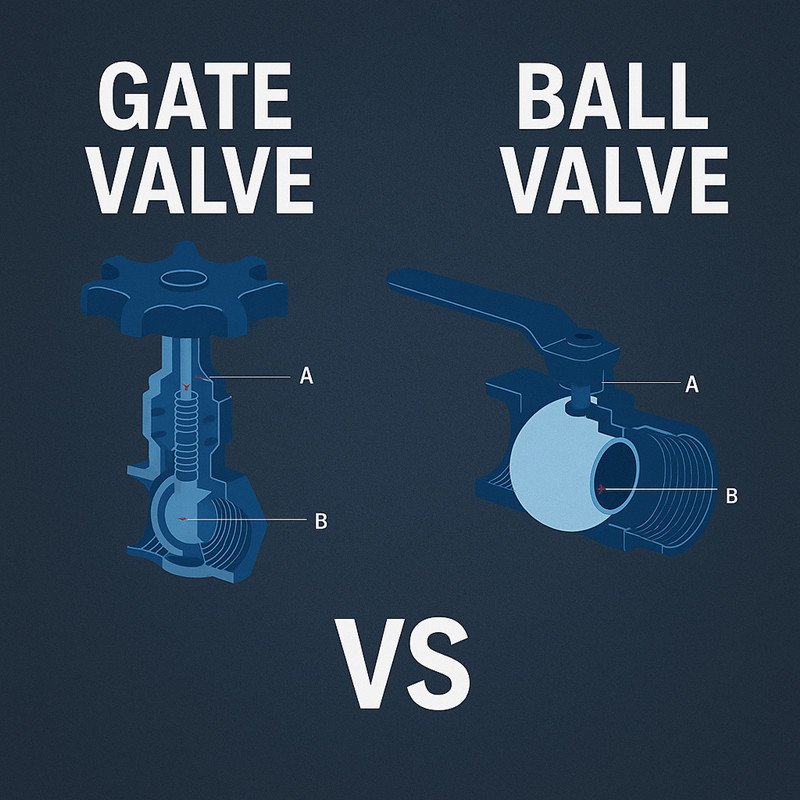
Introduction
Sanitary valves are unsung heroes in industries where hygiene and safety1 are non-negotiable. But what exactly is a sanitary valve? In essence, it’s a specialized valve designed to maintain the purity of fluids, prevent contamination, and meet stringent health standards2. From the milk you drink to the medicines you rely on, sanitary valves play a pivotal role in ensuring quality and safety.
Why are sanitary valves so crucial in modern industries? How do they connect to your daily life? In this guide, we’ll dive deep into their definition, types, working principles, and applications while offering practical tips on choosing the right one for your needs. Whether you’re an industry professional or simply curious, this article has you covered.
What Defines a Sanitary Valve?
A sanitary valve is a device engineered to regulate, direct, or control the flow of liquids or gases in systems where cleanliness is paramount. Unlike standard industrial valves, sanitary valves are built with hygiene-first designs to eliminate contamination risks. They’re commonly used in industries like food processing, pharmaceuticals, and biotechnology.
Core Characteristics
- Sterile Design: No crevices or dead spaces where bacteria can grow.
- Non-Toxic Materials: Typically made from 304 or 316L stainless steel to resist corrosion and ensure safety.
- Easy to Clean: Compatible with Clean-in-Place (CIP) systems for efficient sanitation.
Sanitary vs. Industrial Valves
While industrial valves prioritize durability and pressure handling, sanitary valves focus on hygiene and compliance with health regulations—a critical distinction for sensitive applications.
How Do Sanitary Valves Work? Types and Mechanics
Sanitary valves come in various forms, classified by their mechanical motion. Understanding their operation is key to selecting the right one.
Classification by Motion
- Linear Motion Valves: Examples include gate valves and diaphragm valves, which move in a straight line to open or close.
- Rotary Motion Valves: Such as butterfly and ball valves, which rotate to control flow.
- Quarter-Turn Valves: A subset of rotary valves (e.g., sanitary butterfly and ball valves) requiring a 90-degree turn.
Working Principles
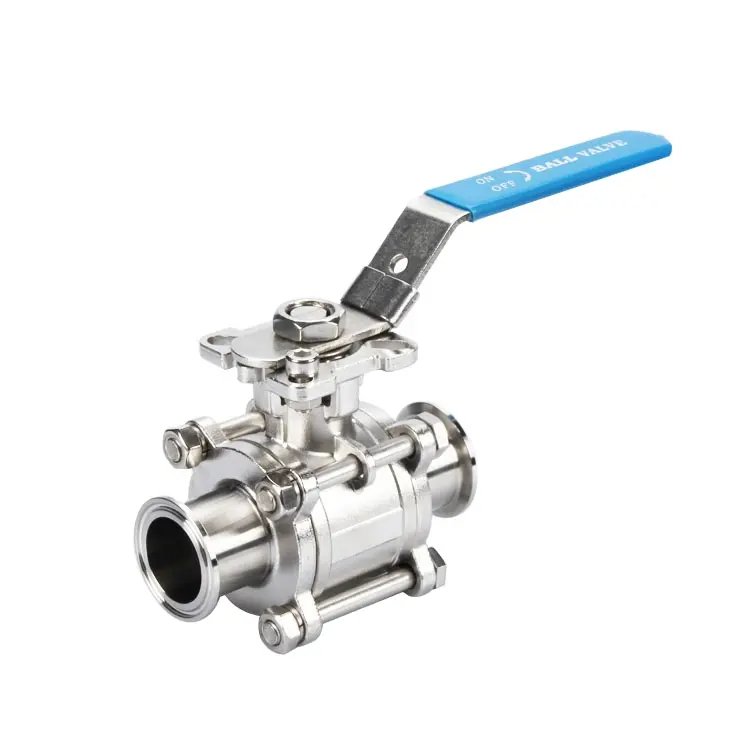
- Sanitary Ball Valve: A spherical ball with a hole rotates 90 degrees to allow or block flow—ideal for on/off control.

- Sanitary Butterfly Valve: A disc rotates within the pipe to regulate flow—perfect for quick adjustments.
Visual Suggestion: Include a diagram showing the internal structure of a ball valve vs. a butterfly valve.
Main Types of Sanitary Valves and Their Applications
Here’s a breakdown of the most common sanitary valve types and where they shine.
| Type | Key Features | Applications |
|---|---|---|
| Sanitary Butterfly Valve | Lightweight, simple, fast-acting | Large-diameter pipes, flow control |
| Sanitary Ball Valve | Full shut-off, high-pressure capable | Complete flow isolation |
| Sanitary Check Valve | Prevents backflow | One-way flow systems |
| Sanitary Diaphragm Valve | Precise control, sterile | Pharmaceuticals, biotech |
Application Highlights
- Butterfly Valves: Widely used in beverage production for their ease of use.
- Ball Valves: Preferred in systems needing a tight seal, like dairy processing.
- Check Valves: Essential in preventing contamination from reverse flow.
- Diaphragm Valves: The go-to choice for ultra-clean pharmaceutical processes.
Where Are Sanitary Valves Used?

Sanitary valves are indispensable across multiple industries:
- Food and Beverage: Ensuring contamination-free production of milk, juice, or beer.
- Pharmaceuticals: Meeting Good Manufacturing Practice (GMP) standards for drug production.
- Chemical and Medical: Handling sensitive or hazardous fluids safely.
- Everyday Life: Found in household items like water purifiers or pressure cooker safety valves.
Their versatility makes them a cornerstone of modern manufacturing.
How to Choose the Right Sanitary Valve
Selecting the perfect sanitary valve requires careful consideration. Here’s what to evaluate:
- Working Pressure: Can it handle your system’s demands?
- Pipe Size: Match the valve to your pipeline diameter.
- Operating Temperature: Ensure compatibility with fluid conditions.
- Material: Opt for 316L stainless steel for superior corrosion resistance over 304.
Installation and Maintenance Tips

- Choose valves with quick-disconnect designs for easy cleaning.
- Regular maintenance extends lifespan and ensures compliance.
Real-World Example
A dairy plant reduced downtime by 20% after switching to sanitary ball valves with CIP compatibility—proof that the right choice matters.
Manufacturing Standards and Compliance
Sanitary valves must adhere to strict standards to guarantee safety:
- 3A Standards: Common in the food industry for hygienic design.
- ISO and ASME BPE: Ensure global compatibility and biotech suitability.
- Material Requirements: Stainless steel is mandatory to avoid toxic leaching (e.g., lead-free).
- Surface Finish: Polished to Ra < 0.8μm for a smooth, bacteria-resistant surface.
Compliance isn’t just a checkbox—it’s a promise of quality.
Frequently Asked Questions (FAQ)
What’s the difference between a sanitary valve and an industrial valve?
Sanitary valves prioritize hygiene with sterile designs, while industrial valves focus on robustness.
How do you clean a sanitary valve?
Most are designed for CIP systems, using automated cleaning solutions without disassembly.
Which sanitary valve is best for food processing?
Butterfly valves excel in flow control, while ball valves are ideal for shut-off needs.
The Future of Sanitary Valves

The sanitary valve industry is evolving:
- Smart Valves: Pneumatic and automated valves for precision control.
- Sustainability: Eco-friendly materials to reduce environmental impact.
- Market Growth: Rising health awareness is driving demand.
These innovations signal a bright future for hygienic engineering.
Conclusion
Sanitary valves are more than just components—they’re guardians of safety and quality in industries that shape our lives. From their diverse types to their critical applications, understanding these valves empowers better decisions.


